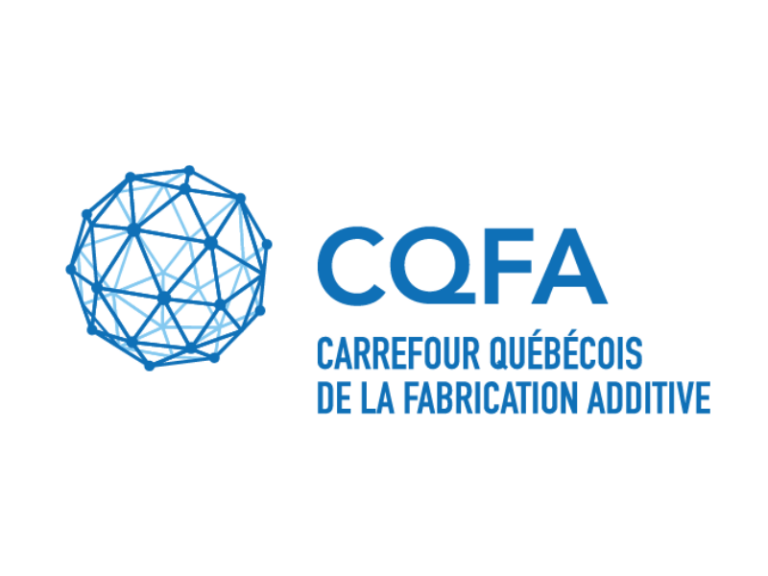
2024/03/13
Modeling of Effect of Infill Density Percentage on Rotating Bending Fatigue Behavior of Additive-Manufacturing PLA Polymers
Ftoutou, E.; Allegue, L.; Marouani, H.; Hassine, T.; Fouad, Y.; Mrad, H. (2024). Modeling of Effect of Infill Density Percentage on Rotating Bending Fatigue Behavior of Additive-Manufacturing PLA Polymers. Materials 2024, 17(2) 471.
Nowadays, 3D PLA-printed parts are widely used in many applications, essentially using the fused filament fabrication technique. While the influence of printing parameters on quasi-static mechanical characterization has been extensively considered within the literature, there are limited accounts of this effect on fatigue performance. The two main aims of this research are first to investigate the effects of the infill density percentage on the fatigue life of dog-bone samples under rotating bending cycling loads, and second to model the fatigue life using Wöhler and Basquin models. The experiments exhibit a high variability of results, especially for low cyclic loads. The S–N curves show that the number of cycles at failure increases with the increase in the infill density percentage and decreases with the increase in loads. Investigations allow the formulation of each constant model as a function of the infill density percentage. The new fatigue model formulations exhibit good agreement with the experimental data. As an outcome of this study, the fatigue model for 3D-printed parts may be expressed as a function of the infill density percentage using fewer tests in the future and for other polymers used in fused filament fabrication.